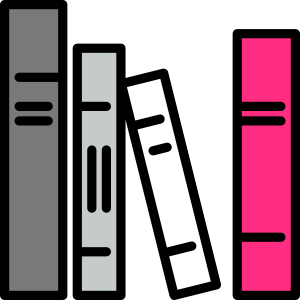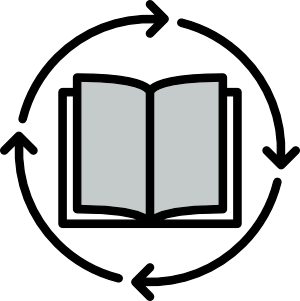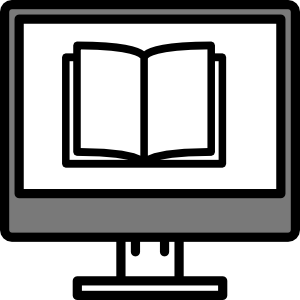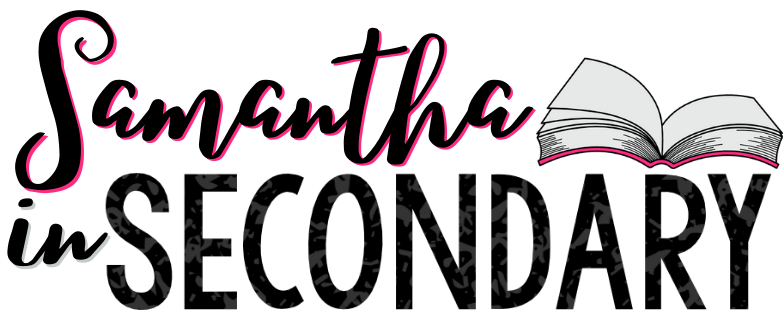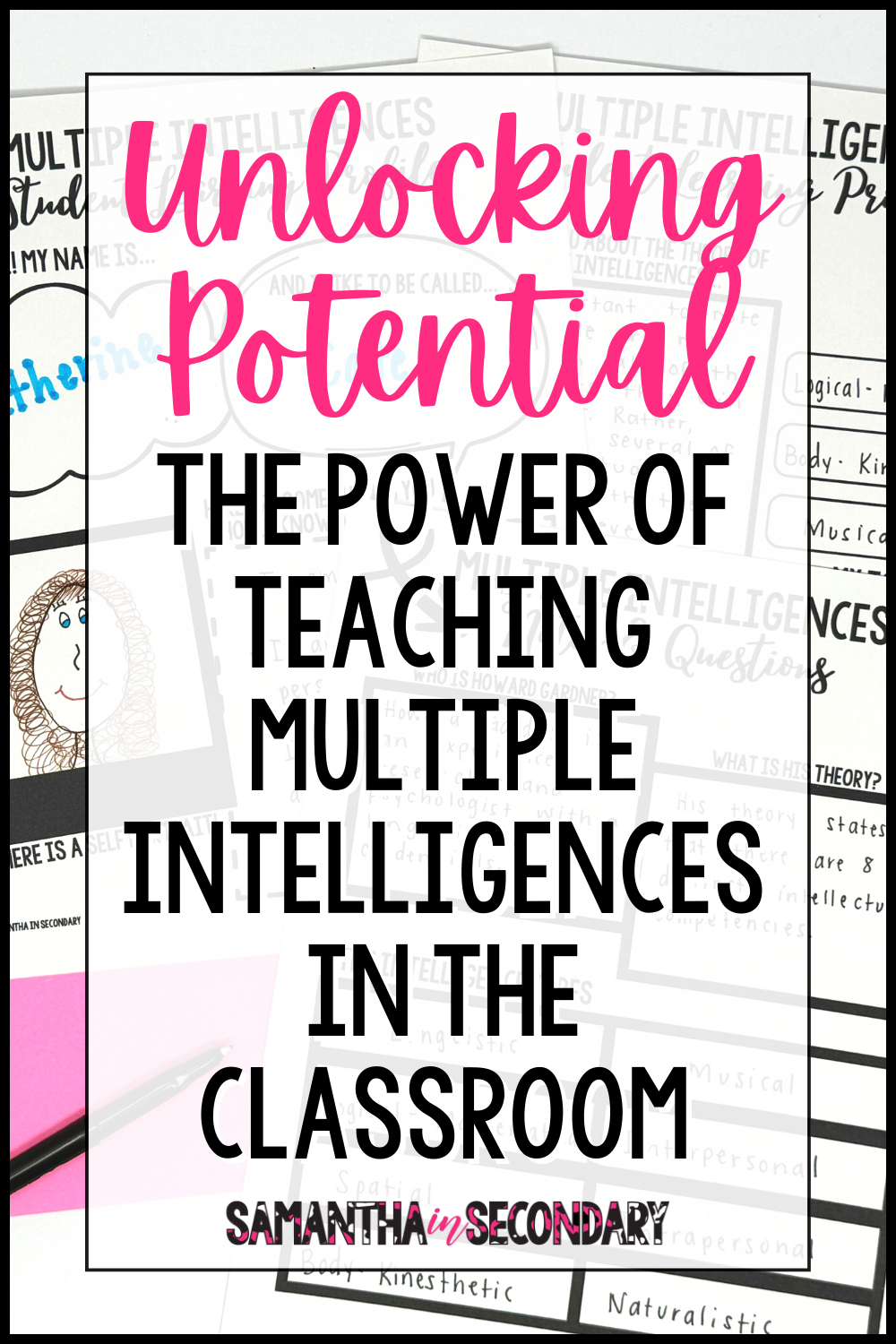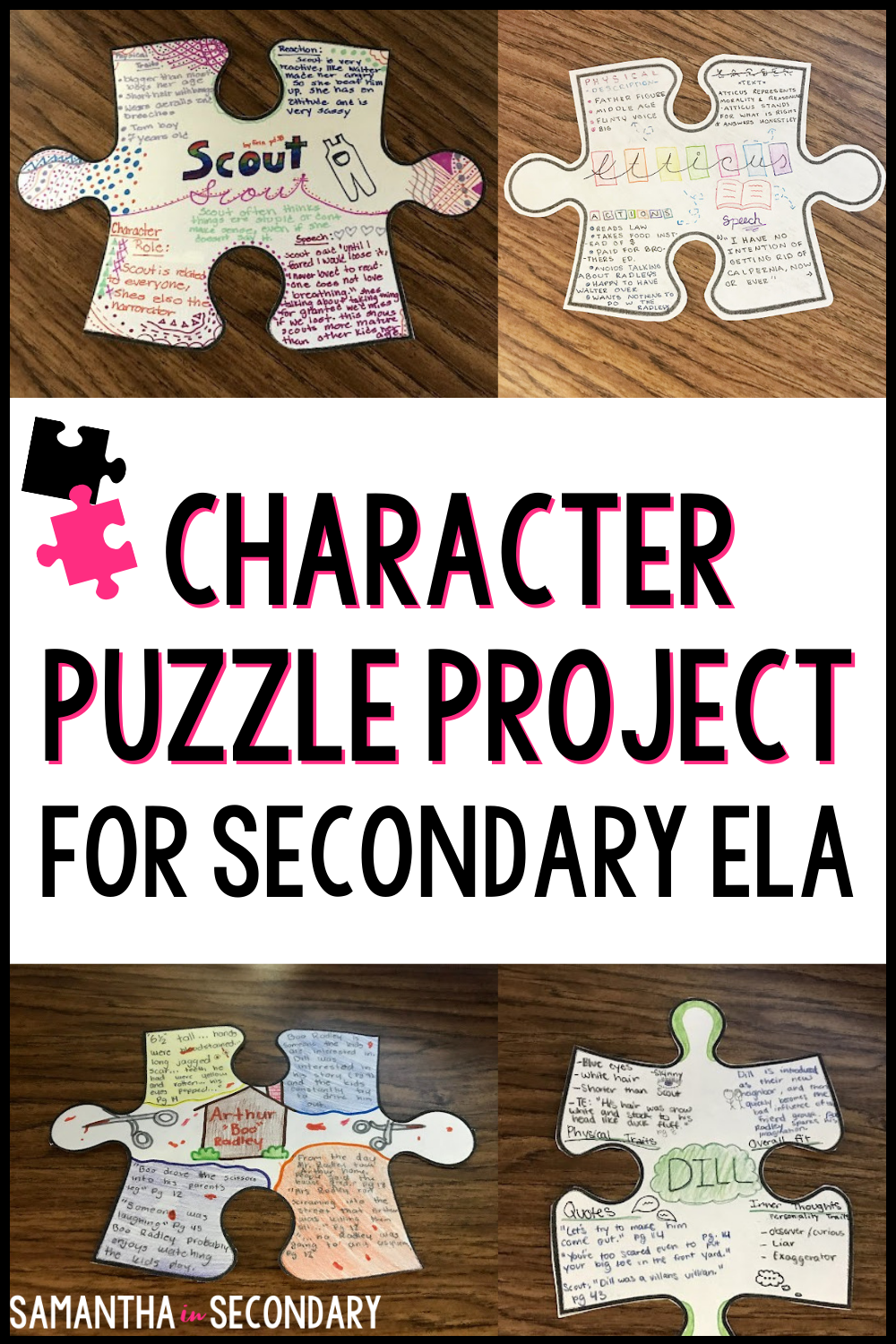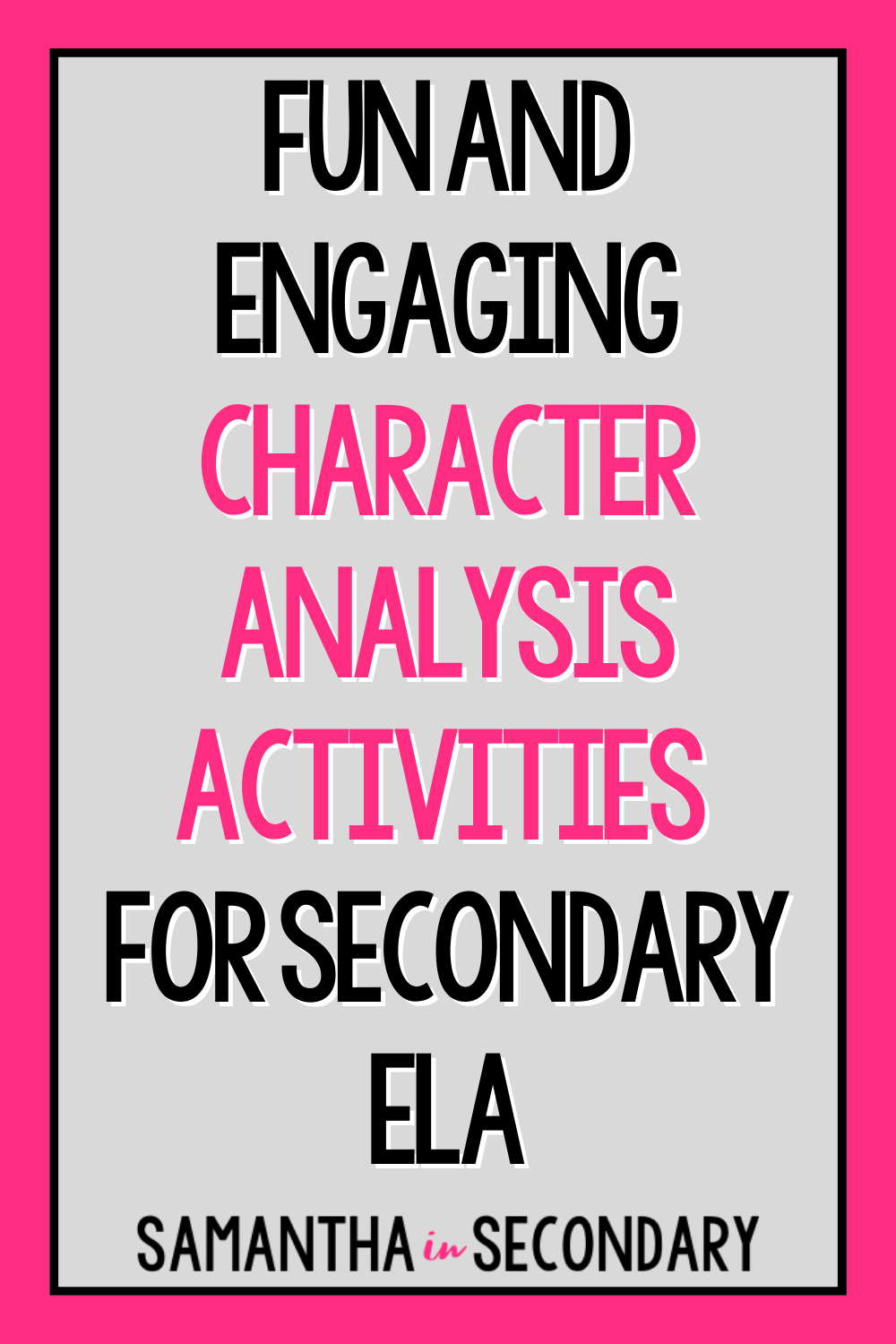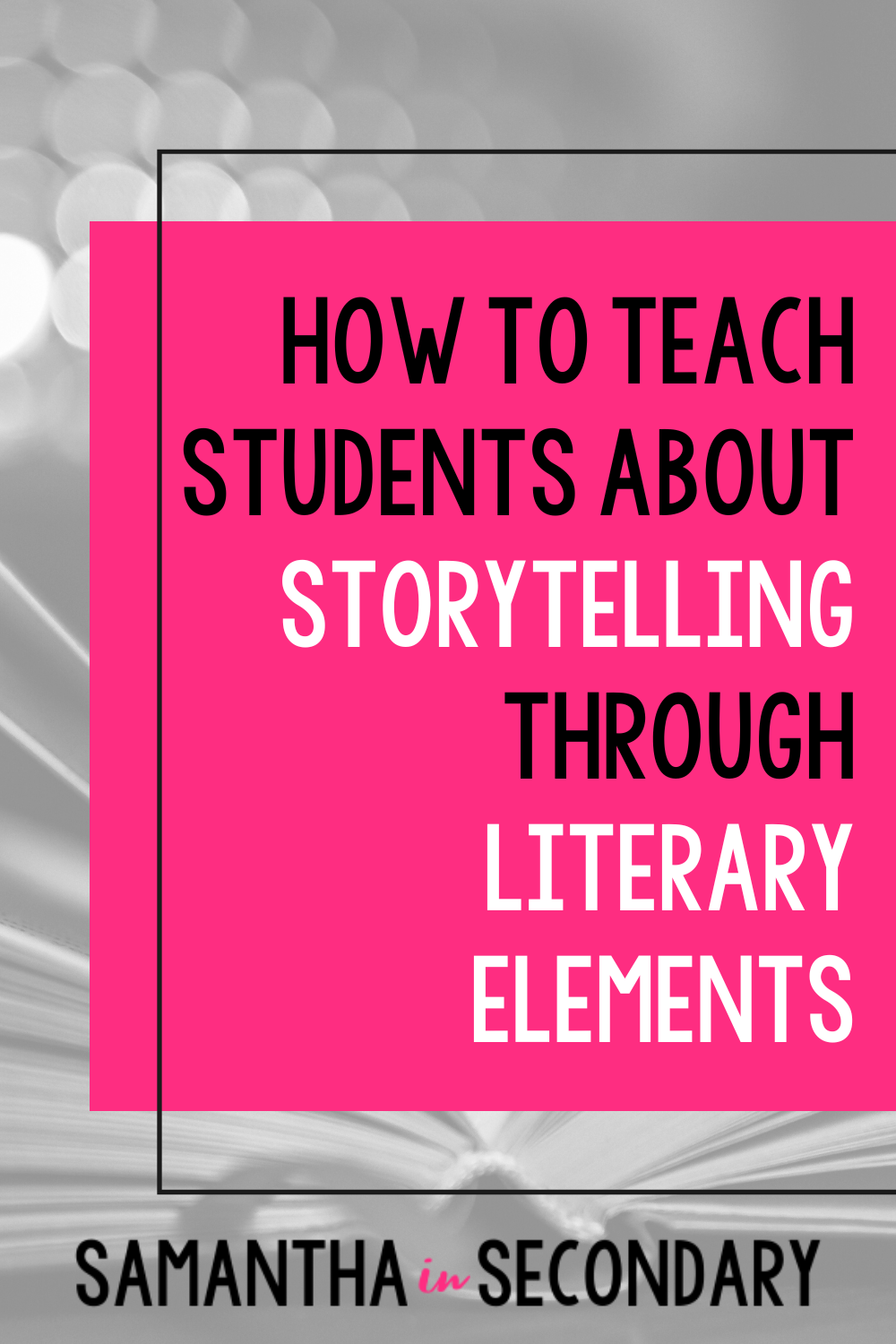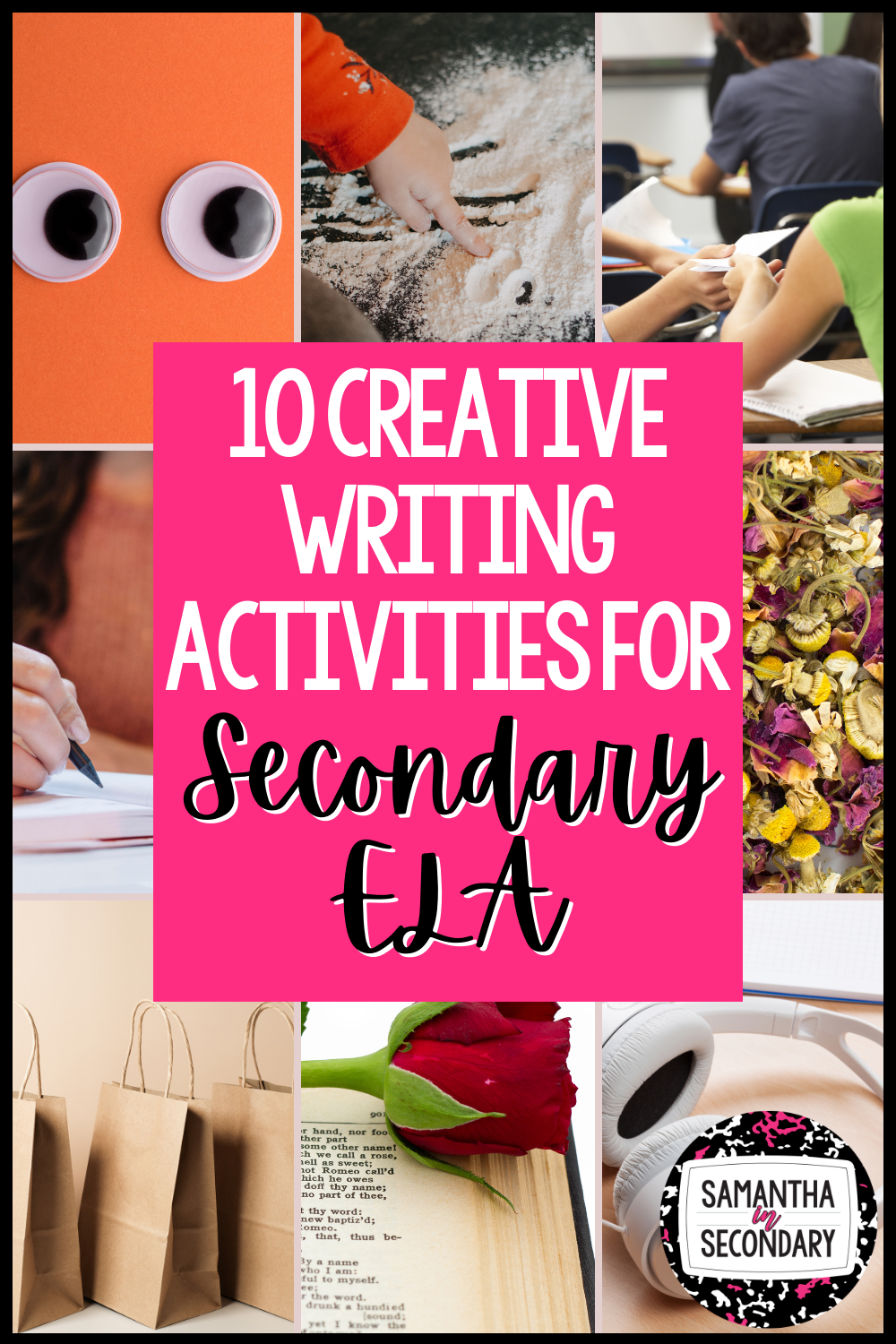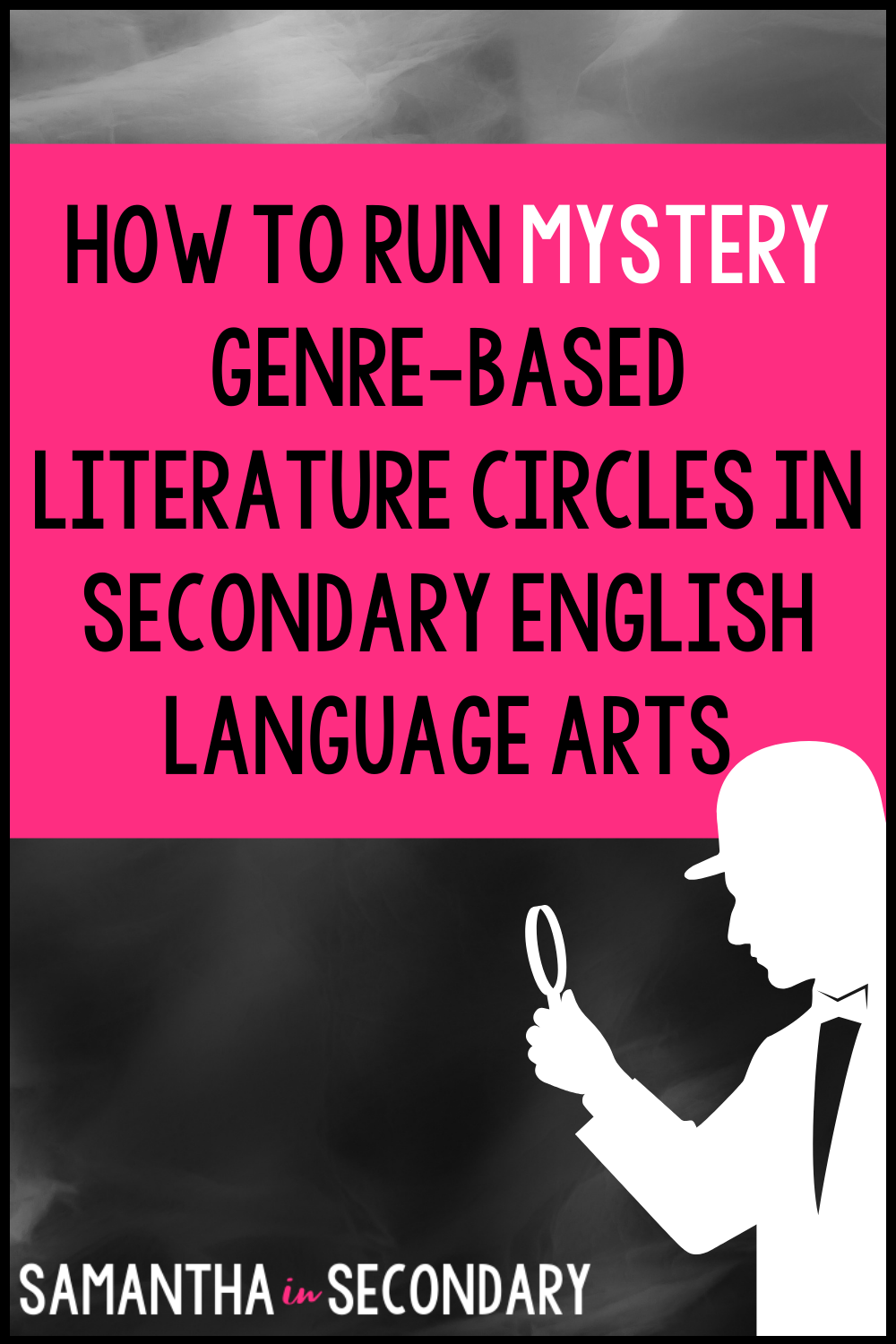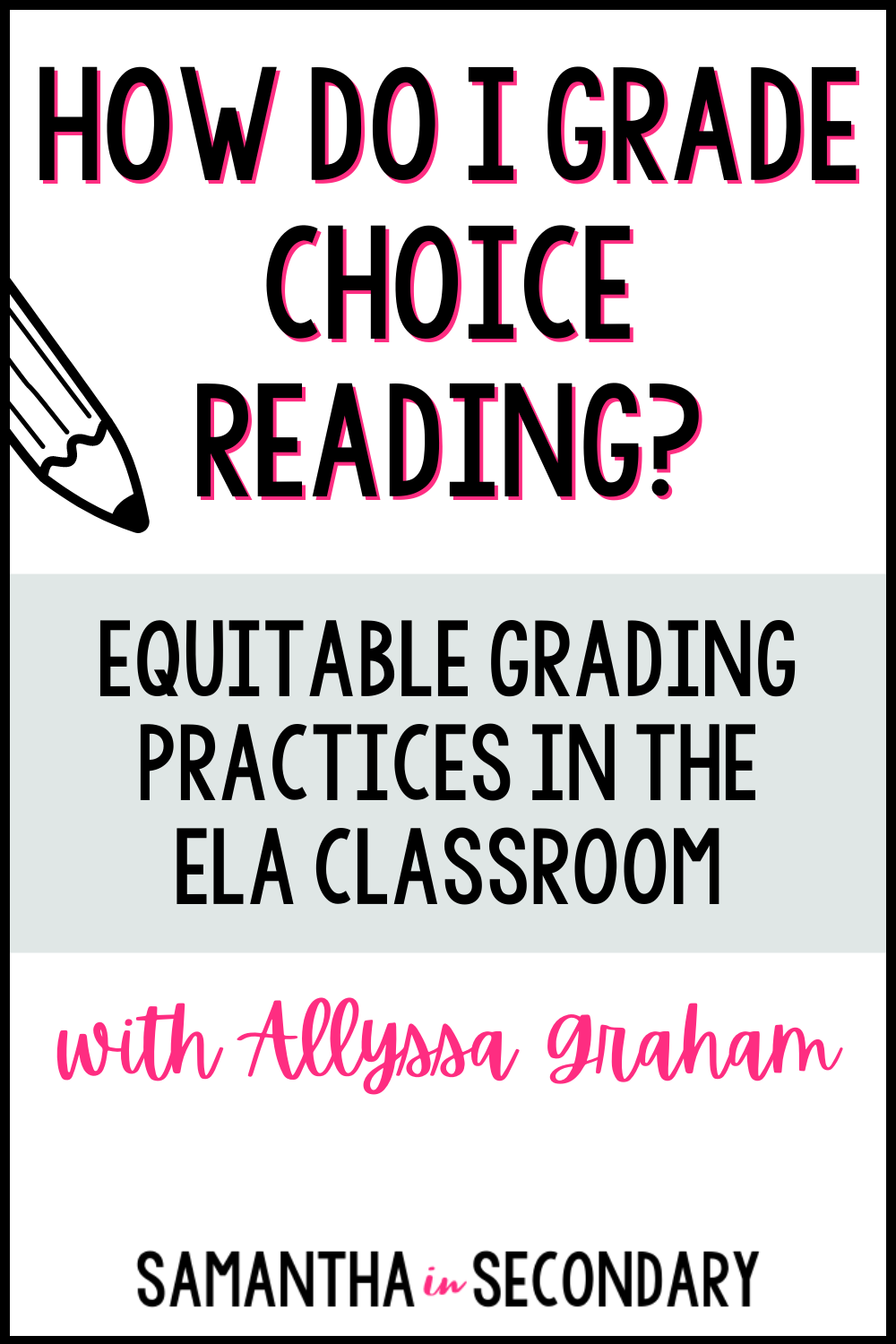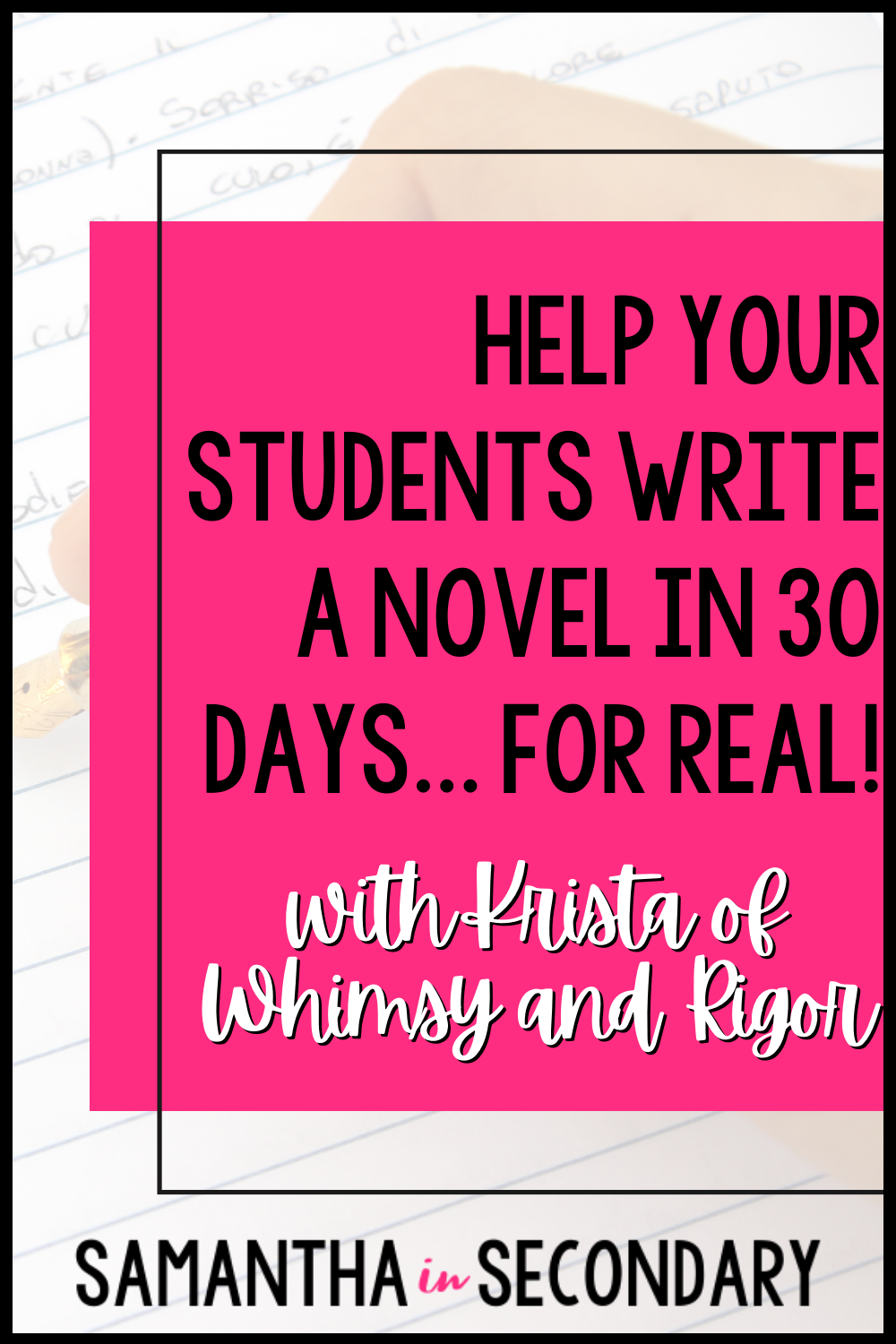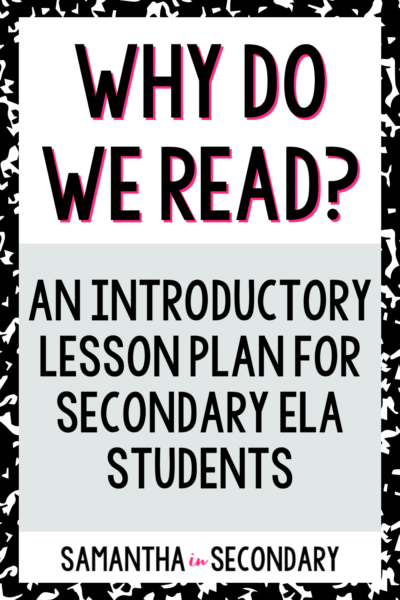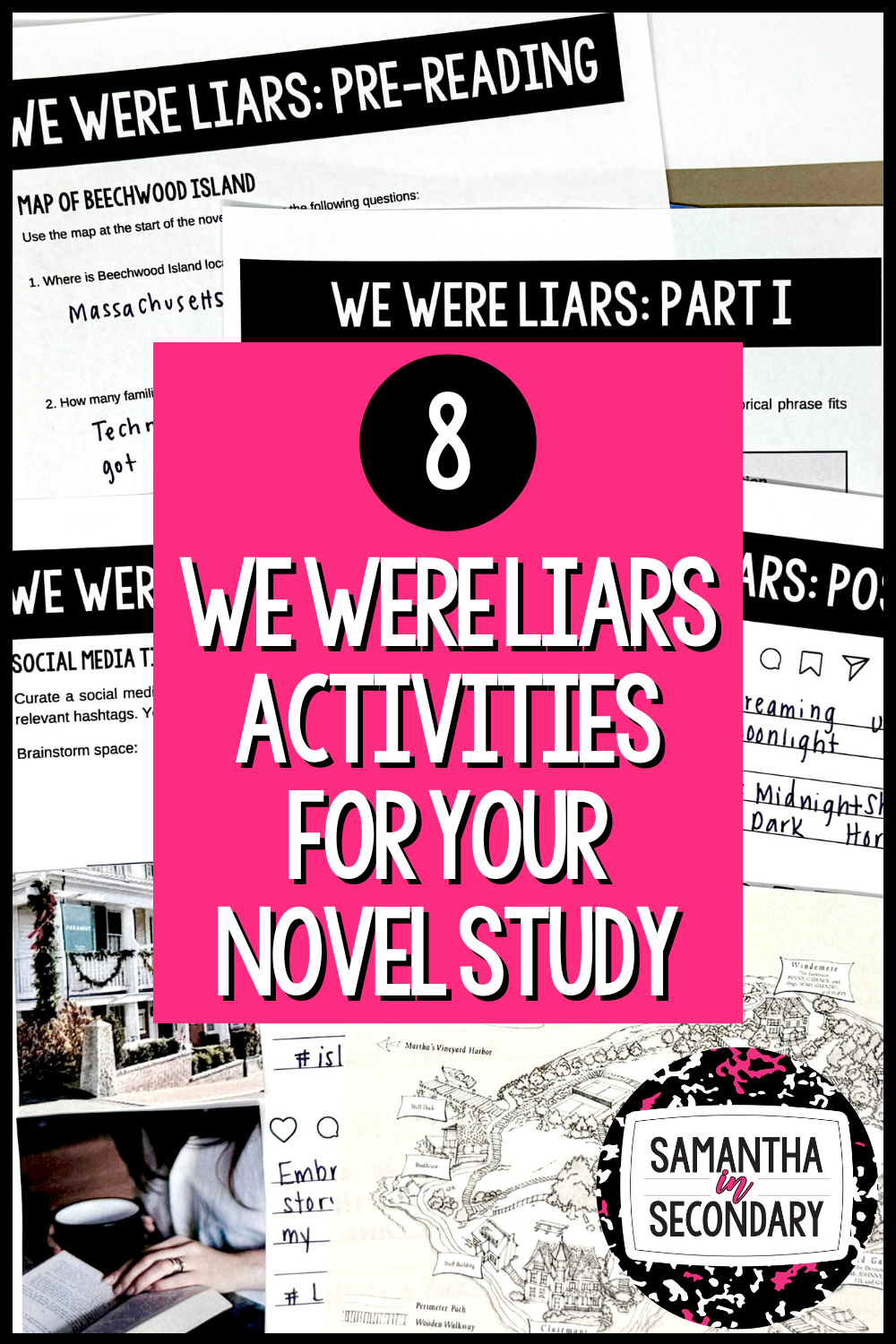
8 We Were Liars Activities to Implement in Your Novel Study
Ditch traditional text analysis for these engaging and rigorous We Were Liars activities for your secondary English Language Arts classroom. As educators, we strive to immerse our students in the rich tapestry of storytelling, inviting them to explore narratives from various angles. E. Lockhart’s We Were Liars is a novel that not only captivates with its suspenseful plot, but also beckons educators to weave creativity and critical thinking into their teaching methods. In this blog post, you’ll unveil a treasure trove of 8 engaging activities tailored for your We Were Liars novel study. These activities go beyond the pages, aiming to foster a dynamic and immersive learning experience. Whether you’re a seasoned educator seeking fresh ideas or a newcomer eager
